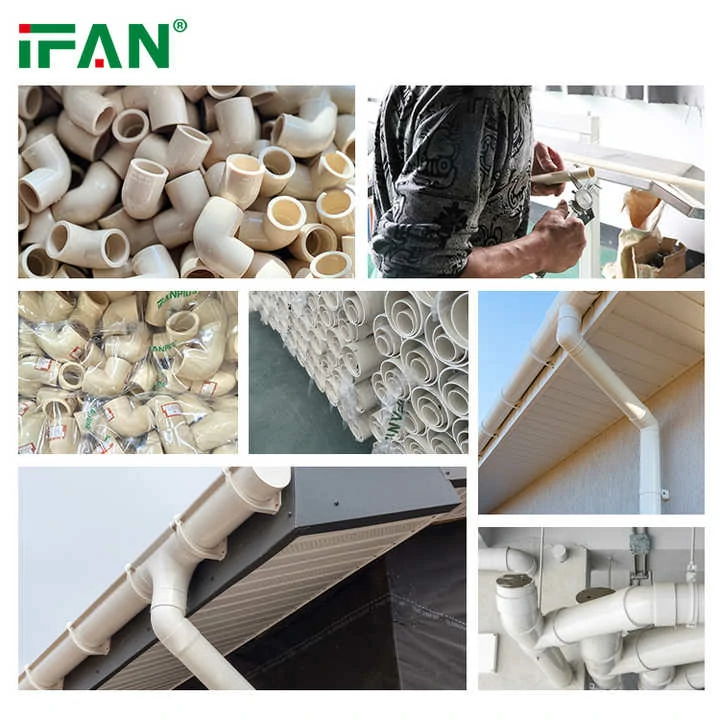Introduction to PVC Pipe Fittings and Insulation
PVC (polyvinyl chloride) pipe fittings are widely used in plumbing and irrigation systems due to their durability and cost-effectiveness. However, whether they need insulation depends on the application and environmental conditions. This article explores the scenarios where insulation is necessary and the benefits it provides.
When Insulation is Necessary
Insulation is essential for PVC pipe fittings in cold climates to prevent freezing. Frozen pipes can burst, causing significant damage. For example, in a residential plumbing system in a northern region, insulating PVC fittings ensures uninterrupted water supply during winter. Insulation is also needed for hot water systems to reduce heat loss and improve energy efficiency.
Benefits of Insulating PVC Fittings
Insulating PVC pipe fittings offers several benefits, including energy savings, freeze protection, and condensation control. In a commercial building, insulating hot water pipes reduces heat loss, lowering energy costs. Insulation also prevents condensation, which can lead to mold growth and water damage. For instance, in a humid environment, insulated PVC fittings maintain system integrity and indoor air quality.
Types of Insulation Materials
Various insulation materials are available for PVC pipe fittings, including foam, fiberglass, and rubber. Foam insulation is easy to install and cost-effective, making it suitable for residential applications. Fiberglass offers higher thermal resistance, ideal for industrial systems. For example, in a chemical plant, fiberglass-insulated PVC fittings ensure safe and efficient operation under extreme temperatures.
Installation Process and Best Practices
Proper installation of insulation is crucial for its effectiveness. The insulation should fit snugly around the PVC fittings, leaving no gaps. Using adhesive or tape ensures a secure fit. For instance, in a large-scale irrigation project, correctly installed insulation prevents heat loss and protects against freezing. Regular inspection and maintenance further enhance performance.

Cost Considerations and ROI
While insulating PVC pipe fittings incurs additional costs, the long-term benefits often outweigh the investment. Energy savings, reduced maintenance, and extended system lifespan provide a strong return on investment (ROI). In a district heating system, insulated PVC fittings lower operational costs and improve efficiency, making them a financially viable option.
Environmental Impact of Insulation
Insulating PVC fittings contributes to environmental sustainability by reducing energy consumption and greenhouse gas emissions. Using eco-friendly insulation materials, such as recycled foam, further enhances their environmental benefits. For example, in a green building project, insulated PVC fittings align with sustainability goals by promoting energy efficiency and reducing waste.
Conclusion
Insulating PVC pipe fittings is necessary in certain applications to prevent freezing, reduce heat loss, and control condensation. By selecting the right insulation material and following best practices, users can enhance system performance and achieve significant cost savings. As the demand for energy-efficient and sustainable solutions grows, insulating PVC fittings will play a crucial role in modern plumbing and irrigation systems. Understanding when and how to insulate ensures optimal performance and longevity.

